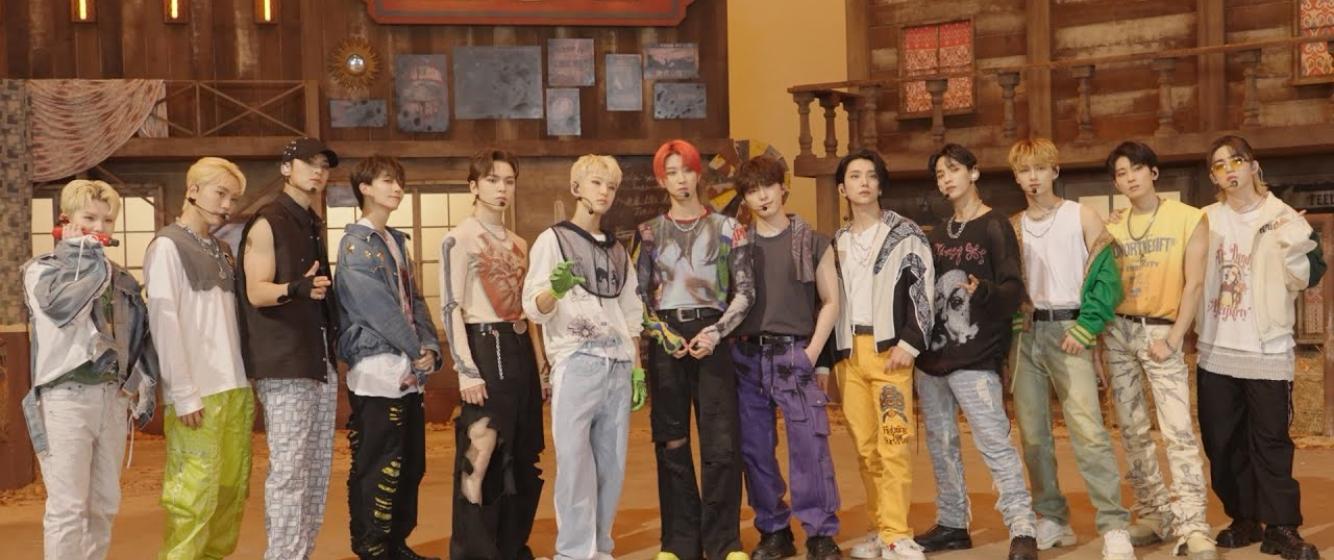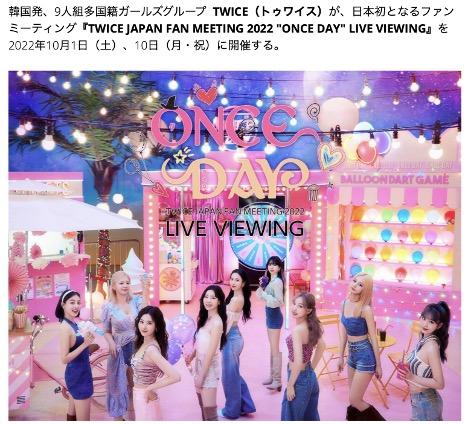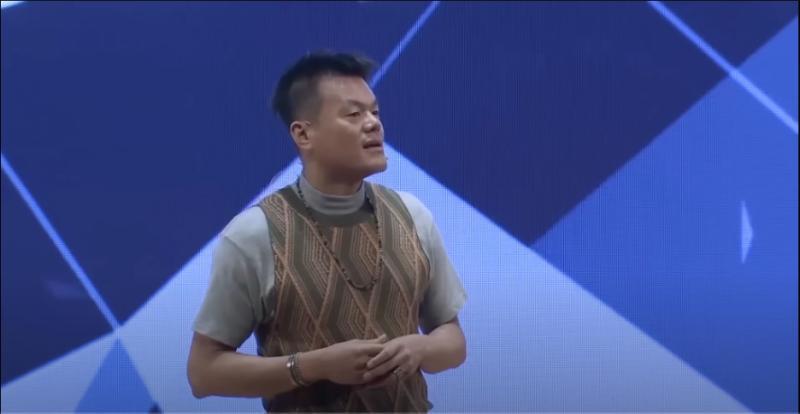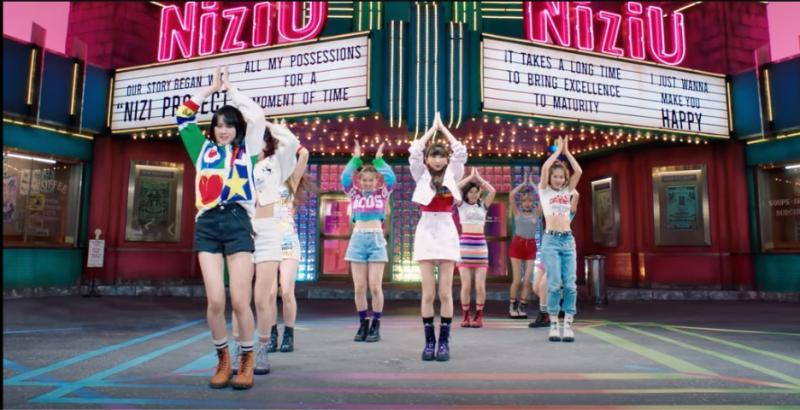
Seventeen, a thirteen member K-pop group with two members from China, and two from the U.S., is wildly popular in Japan, and regularly issues Japanese language songs. Wikimedia CC BY 3.0
Transnational K-pop (part 1) - REMIX
First posted May 4, 2023; Updated June 27, 2024
Looking back to Sept 2023, when I took note of the K-pop songs in my YouTube feed
K-pop group Seventeen performing their Japanese hit “Not alone” (2021). They regularly release Japanese songs to accompany their Korean hits. Although their members hail from Korea, China, and the U.S, not a single member is Japanese.
New Jeans performing “Super Shy“ (2023). Two of the five members, Hanni and Danielle, are from Australia. Directed by a Korean Shin Hee-won, the filming was done in Lisbon, Portugal using cheerleader style dances. 75% of the song is in English.
Stray Kids performing S-Class (2023), a hip-hop track. Two of the nine members of this boy group are from Australia.
Le Serrafim and Ado, singing the Japanese version of the Korean hit Unforgiven (2023). American musician Nile Rodgers (of the 1970s disco group Chic) performed on this song. The song is a mix of Japanese and English with the catchy hook in English (“Unforgiven, I'm a villain, I'm a-Unforgiven”). Japanese singer Ado can be heard backing the group.
Thai singer Milli performing “Mirror Mirror” (2021) with fellow Thai rapper F.Hero along with Changbin from K-pop group Stray Kids. The song is a hodgepodge of Korean, English, and Thai. You need to take a listen to see how diverse it is.
What a mishmash of languages and nationalities! On the positive side, we have entered a world where youth on both sides of the Pacific can now enjoy the same music, and watch it simultaneously online. But if the “K” in K-pop stands for Korea, then why so many different nationalities and languages? Can we call this “transnational K-pop”?
Rewind back to 2018. The charismatic Korean singer Park Jin-young, known by his stage name of JYP, stood in front of potential investors in 2018 to discuss plans for his music company JYP Entertainment. He joked in fluent English, which he picked up from living as a child in New York for several years, that he did not like to do events like this, but his friends told him that if he did, then the stock price of the company would go up. His big announcement ? He was going to assemble a Japanese girl group. This would fulfill his vision for the globalization of K-pop through “globalization by localization.” All the members would be Japanese, but trained in Korea, and the group would be aimed at the Japanese market.
Korean netizens felt reluctant to accept the idea of a K-pop group with all Japanese members. The K-pop blog Koreaboo listed some of the comments from Korean internet users:
- “What do you mean a Japanese group…just take care of the kids you already have….”
- “Just go to Japan and call it J-Pop, don’t wrap it up as a K-Pop to sell it”
- “After suffering so much because of American disease in the past…now it’s Japanese disease? You must have been jealous after watching SM and YG succeed in Japan”
- “They won’t succeed. He must be fooling himself after TWICE succeeded, but an all-Japanese group…”
I remember constantly listening to NIZIU’s “Make you happy” (2020) during the pandemic lockdown, and it did make me happy! This is JYP’s Japanese girl group trained in Korea.
Regardless of the controversy, NIZIU, as this group was later named, debuted in 2020 after an extensive search of thousands of applicants from eight Japanese cities, Hawai‘i, and Los Angeles and a televised competition show where 26 contestants were whittled down to the final 9 members. NIZIU’s pre-debut single “Make you happy”(2020) topped the Japanese Oricon chart and hit 100 million video streams within 15 weeks of charting on the Japanese hot 100, the fastest female artist to do so. A few months later, they were invited to perform at the prestigious New Year Eve show, the 71st NHK Kōhaku Uta Gassen. Commercial endorsements followed, turning the nine girls into national stars in Japan.
But what the comments from Koreans seem to be asking above is, how does one define K-pop? Perhaps it might be good to examine JYP’s reasoning to come to a definition. He conceived of NIZIU as part of the third stage of “globalization by localization”.
The first stage was to export Korean content overseas, like Korean music and dramas. Interestingly, what we call first generation K-pop, which was K-pop made mostly for the domestic Korean market in the mid to late 1990s, often featured Korean Americans as their members to add an element of American cool to their performances. For example, seminal group g.o.d featured Korean American members.
First generation group g.o.d was influential with the Korean R&B sound as seen in their video “Lies” (200). Several of their members were Korean Americans.
The second stage was to discover foreign talents and mix them with Korean artists. These non-Korean members helped with marketing the groups overseas. For example, JYP blended Thai American Nickhyun into the group 2PM, which won over Thai audiences. This led to further blending of foreign talent with Korean artists like GOT7, TWICE, and Stray Kids.

_
TWICE was marketed as a “nine member multinational girls group from Korea” in this Japanese advertisement for a September 2022 fan meet.
The popularity in Japan of TWICE with its three Japanese members led to the natural progression of JYP making an all-Japanese girl group. This nine member group was assembled from the idol survival show Sixteen (2015) in which sixteen contestants battled for a spot on the group. Eventually, TWICE ended up with five Koreans, three Japanese, and one Taiwanese. Seen as “national idols” in Korea, they were marketed in Japan as a “multinational girls group from Korea”.
Twice’s “TT” (2016) was a huge hit both in Korea and Japan, and sparked Twice’s popularity among Japanese fans with their signature “TT” dance.
TWICE debuted in 2016 amid worsening political relations between Korea and Japan. Some members of the Japanese public were criticizing the prominence of Korean groups on Japanese TV. However, the Japanese members of TWICE allowed the group to regularly appear on the Japanese media as a multinational girls group and deflect nationalist criticism. Young Japanese girls could fantasize becoming members of K-pop groups like TWICE. And yet, by being based in Korea, they could emanate the “Korea cool” that K-pop was known for.
Unspoken in JYP’s speech to investors was the huge question: why have an all-Japanese group aimed exclusively at Japan? However, his strategy makes sense when considering the Japanese music market, the world’s second largest in 2017 making up roughly 16% of the world’s music market. With K-pop having made inroads in Japan in the 2000s, JYP felt he could better appeal to the lucrative Japanese market if his groups had all Japanese members who embodied the cutesy look popular in Japan.
The group NIZIU resulted from his strategic plan. As mentioned earlier they were highly successful. Still, one could be forgiven for the confusion as to whether NIZIU was J-pop, K-pop, or just pop. In JYP’s own words, this Japanese K-pop group was like TWICE with all Japanese girls. All the girls (except for Nina, a Japanese American) came from Japan. Yet, three had previously trained in Korea under JYP and spoke Korean. Their debut video featured Korean locations with Korean-language signs visible in the background. They even released a Korean-language version of “Make you happy”. Thus, this was a Japanese group created by JYP working with Sony Music Entertainment Japan, using the appeal of Korea for branding. This group defined the next stage of the diversification of K-pop: transnational K-pop (often known as the fourth generation of K-pop groups).
The Confusing world of Transnational K-pop
As the Joongang Daily noted:
As K-pop becomes increasingly globalized, it is growing similar to other genres of music like rock, hip-hop and classical music. In the past, K-pop was only created by Korean entertainment companies and sung by Korean artists, but now, it can now be made by anyone in the world, according to their tastes.
A casual fan would face much confusion. Maybe K-pop singers represent a “brand” more than a musical genre. For example, McDonalds, as an international brand localizes its products, offering shrimp burgers in Japan, bulgogi burgers in Korea, and a spam breakfast set in Hawai‘i.
Japanese “K-pop” group JO1 performing '無限大(INFINITY)' (2020).
National labels on a transnational phenomenon promotes local identity in a globalizing world. Some groups are produced in a K-pop style, and yet identified with a national label. JO1 (pronounced “Jay-oh-one”), an eleven-member boy group, was produced in 2019 for the Japanese market via a joint venture of Japanese and Korean companies. The "J” refers to Japan. This group was formed through a Japanese version of a Korean competition show, in which trainees compete to join the group. Although all members were Japanese, this group trained and recorded in Korea with Korean producers for their first single “Infinity”(2020), giving them a sound and look similar to K-pop groups.
SB19’s Gento (2023) is strikingly similar to songs by other K-pop groups. But then, this Filipino boy group was created by a Korean company.
SB19, from the Philippines, further blurs borders. This group was recruited and trained in the Philippines to promote P-pop (Pinoy Pop). Yet, this group is the product of a Korean company, ShowBT Group, founded by Korean Seong Han “Robin” Geong. His goal was to localize K-pop in other Asian markets like the Philippines, to make a group that sounded like a K-pop group but tapped into Filipino national pride. SB19 was criticized by some in the Philippines and overseas for trying to be Korean, but also gathered many fans through social media, with more than 400,000 followers on Facebook, more than 165,000 followers on Instagram and over 146,000 Twitter followers.
A Kazakh student introduced me to Ninety One when I was studying Korean in Seoul
Ninety One, a Kazakhstan group created in 2014, also used the K-pop androgynous look of dyed hair, colorful clothes, makeup, and jewelry. They promoted Q-pop, music from Kazakhstan with videos and music similar to a K-pop video. While this may have offended older and rural Kazakhs, Ninety One promoted “Q-pop” (Qazak Pop) as Kazakhstan music, and sang in the Kazakh language to promote its use in everyday life. They gained popularity among urban youth exposed to a multicultural world, yet seeking something Kazakh.
Crossing Rain , Hawaii’s version of a K-pop group, has many local Hawaii fans.
So when a local Hawaii newspaper interviewed me about Hawaii’s version of K-pop group, Crossing Rain, I half-jokingly referred to it as H-pop. It would be an appropriate term since the members were recruited and trained as a group, like other Korean trainees, but they represented the spirit of Hawaii: K-pop style but made in Hawaii, like transnational K-pop all over the world.
What does this mean? Benedict Anderson argues that people develop a sense of nationalism and belonging to an “imagined community” by simultaneously reading the same news every day. So they could imagine other readers like them throughout the nation. That is why diverse people from all parts of the Dutch East Indies could imagine themselves as part of a nation called “Indonesia”. Or people in Mindanao and Manila could imagine themselves as “Filipinos”.
Professor Shin D. Kim has remarked that this is now happening on a transpacific scale, where viewers on both sides of the Pacific can watch the same K-pop and anime media being released simultaneously. If you take his logic, then we are seeing the emergence of a larger transpacific pop pacific audience. With subtitles, audiences can watch the same program simultaneously.
Afterward
Transnational K-pop was on full display on Japanese TV in the 74th NHK Kōhaku Uta Gassen on December 31, 2023. Although this national spectacle had declining ratings, it was still a bellwether of which groups were popular in Japan. MISAMO, consisting of the three Japanese members of TWICE joined NIZIU, Stray Kids, LE SSERAFIM, JO1 and SEVENTEEN, along with K-pop inspired Japanese group Be:First. And New Jeans sang in Korean on a Japanese national broadcast.
Maybe we should ditch the term “transnational” and just accept that the “K” in K-pop implies transnationality. Makes things a lot more simpler.
Discussion Questions
- Which K-pop group has no Japanese members but sings in Japanese?
- Which K‑pop group features Australian members and a song where 75% of the lyrics are in English?
- Why is “globalization by localization” a smart way to make K-pop more international?
- What does singing in Korean, Japanese, and English say about how K-pop is changing?
- Do you know a music group in your country that has mixed backgrounds or mixed languages? What does that tell us about today’s world?
- Think of a famous artist or show. How do they show their culture while also appealing to global fans?
- What does K-pop’s practice of blending cultures and languages suggest about how culture travels and changes today?


Add new comment